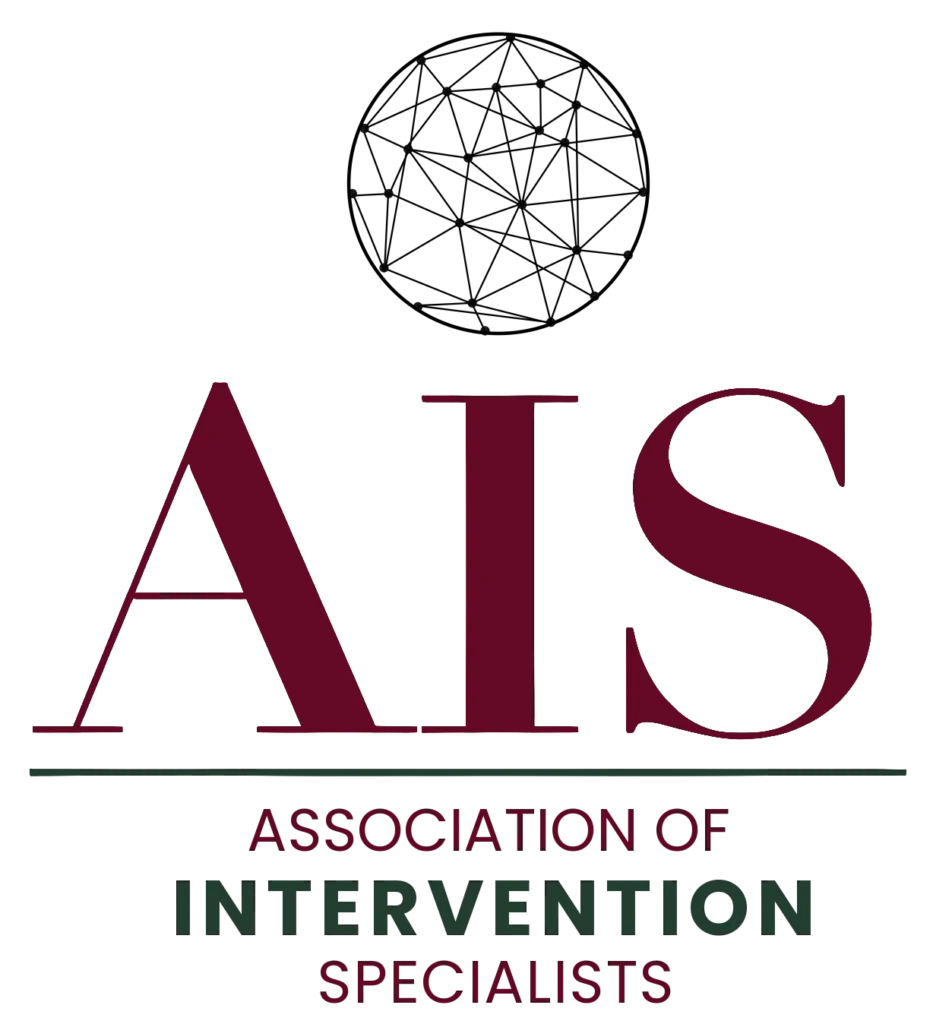Interventions might provide an almost life-altering turning point for people battling addiction or other damaging behaviours. However, the real work starts once the intervention has been carried out. Knowing what to do next following an intervention is needed to guarantee the long-term success of rehabilitation.
After an intervention, recovery next steps
Accepted right away and admitted to therapy
The first and most crucial postintervention step is whether the person accepts the assistance given. The healing process begins immediately once they accept starting a treatment plan. Having a ready facility or therapy program in place is essential. Submitting for treatment promptly improves success potential and offers instant support during a fragile time.
When the person disagrees with therapy, follow-up measures should be debated. These could include offering more support, assisting them in realizing the ramifications of their behaviour or looking for different options.
Total removal and levelization.
For many starting rehabs, the first part is usually detoxification. Removing substances the body has come to depend on is known as detox. Since this could be an emotionally and physically demanding time, it is essential to have a medical observation to ensure safety and comfort.
Withdrawal side effects from detox can range from slight discomfort to possibly life-threatening events. Around the clock, medical personnel in detox centres offer care for these symptoms and ensure the patient is physically stable enough for treatment and counselling.
Allow for therapy and coaching.
Once detoxification is over, therapy becomes the cornerstone of recovery. One-on-one, group, cognitive behavioural therapy (CBT), and family therapy are available. From depression to trauma to lousy coping mechanisms, these treatments help individuals confront—and solve—the root causes of their dependency.
Recovering solutions usually involve therapy to heal the whole person. Therapy teaches people valuable techniques to control their emotions, grow resilience, and create better habits. It is also where they begin rebuilding connections, mastering coping strategies, and battling lousy thinking.

Support Systems Being Created
A strong support network is very important for long-term recovery. Including friends, family, mental health professionals, and recovery groups, this system is something. An interventionist may cause an individual to have to work closely with their family to restore damaged relationships and regain lost confidence.
Support groups such Alcoholics Anonymous (AA) and Narcotics Anonymous (NA) or other peer based recovery programs offer a network of people who are familiar with the difficulties of dependency. These groups can be rather motivating for someone in recovery since they help to create a sense of community and shared experience.
Follow up and ongoing help
Recovery is an ongoing process; the efforts never stop after therapy. Aftercare plans help people stay on track and usually comprise support meetings, outpatient therapy, or periodic visits with a counsellor. Many rehabilitation plans have aftercare programs to assist people as they reenter society.
Creating a clear atmosphere for recuperation following therapy is vital. Regular follow-ups and check-ins guarantee the person is moving forward and can assist in dealing with any relapse indicators or difficulties that show up.
Final Thought
After an intervention, the road to recovery depends on a vital stage. Even though the intervention itself is the first step, the following actions detox therapy, support network creation, and aftercare—guarantee long-term recovery. Recovery is not a one-time occurrence but an ongoing series of personal discovery, growth, and healing. With the appropriate tools and encouragement, people can recover their lives and progress on a course of permanent sobriety and wellness.
FAQs What follows directly on an intervention?
Sometimes, the individual is advised to seek therapy or treatment after an intervention. Agreeing may lead them immediately to a rehab centre, therapy centre, or recovery program.
How will I tell if the person is ready for therapy?
It is a positive indicator if the individual accepts assistance or admits their issues during the intervention. On the other hand, preparation might differ, and certain people might need more time to choose their paths.
After an intervention, how long does recovery occur?
Recovery schedules differ. For some, it could be years; for others, it might be just a few months. Sustained recovery usually calls for long-term support.
After an intervention, might the individual relapse?
Particularly in early recovery, relapse can happen. A good support network, following therapy, and keeping to the recovery plan are vital.
What part is the family allowed to play after the intervention?
Family help is needed. Therapy, emotional support, and support groups such as Al-Anon allow family members to interact, which helps them best support their loved ones.
Were aftercare programs burning rehab?
Many treatment centers have aftercare plans, including constant therapy, sober living facilities, or 12-step meetings to assist people in maintaining their rehabilitation once they exit rehab.






